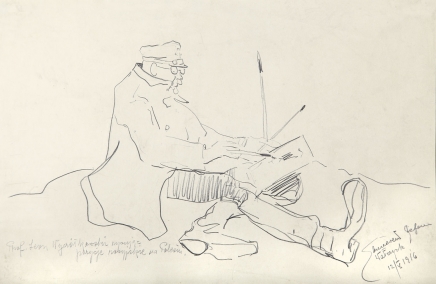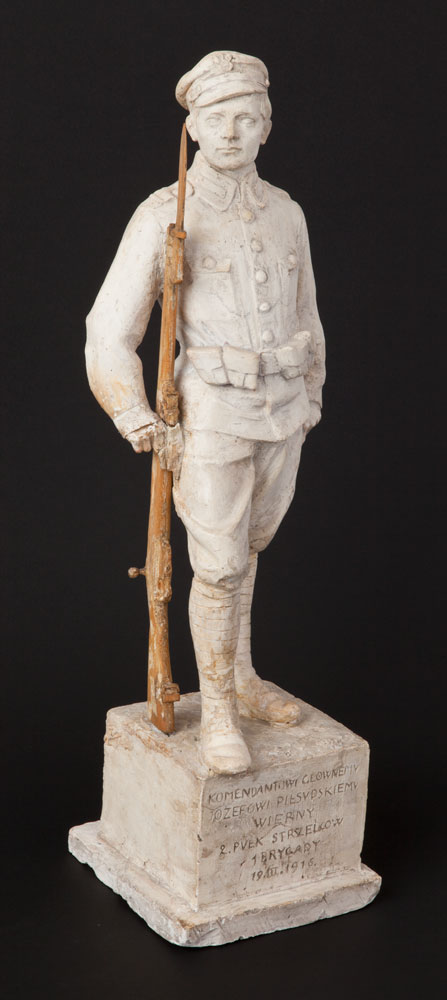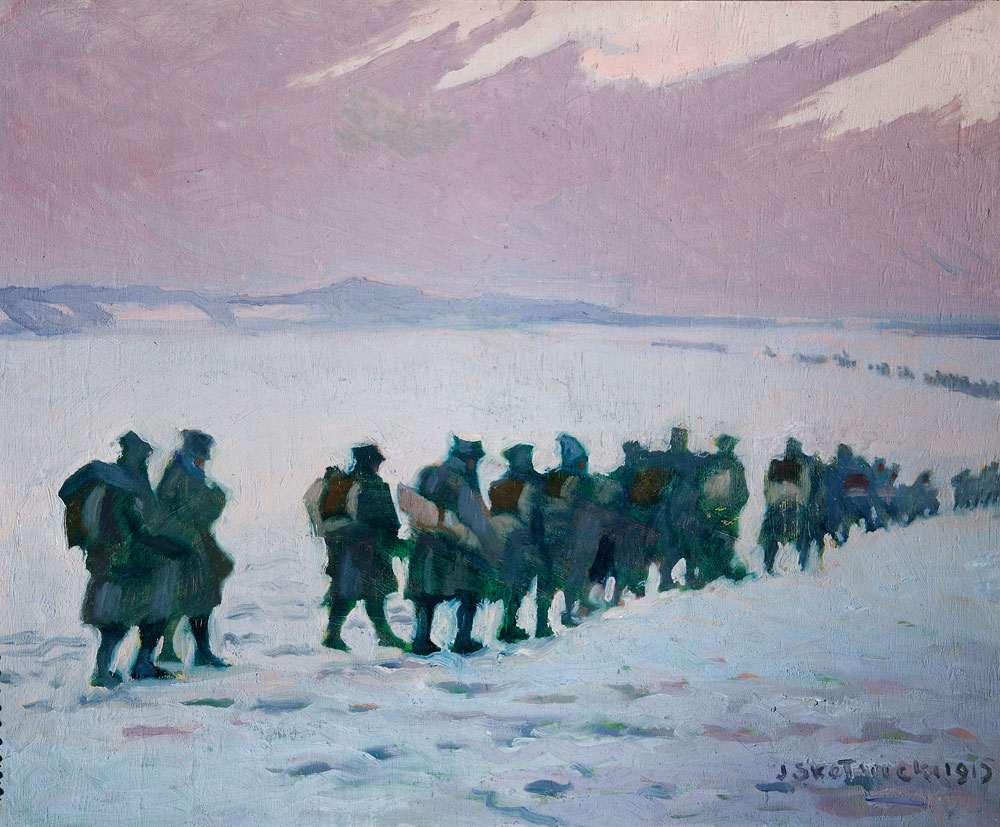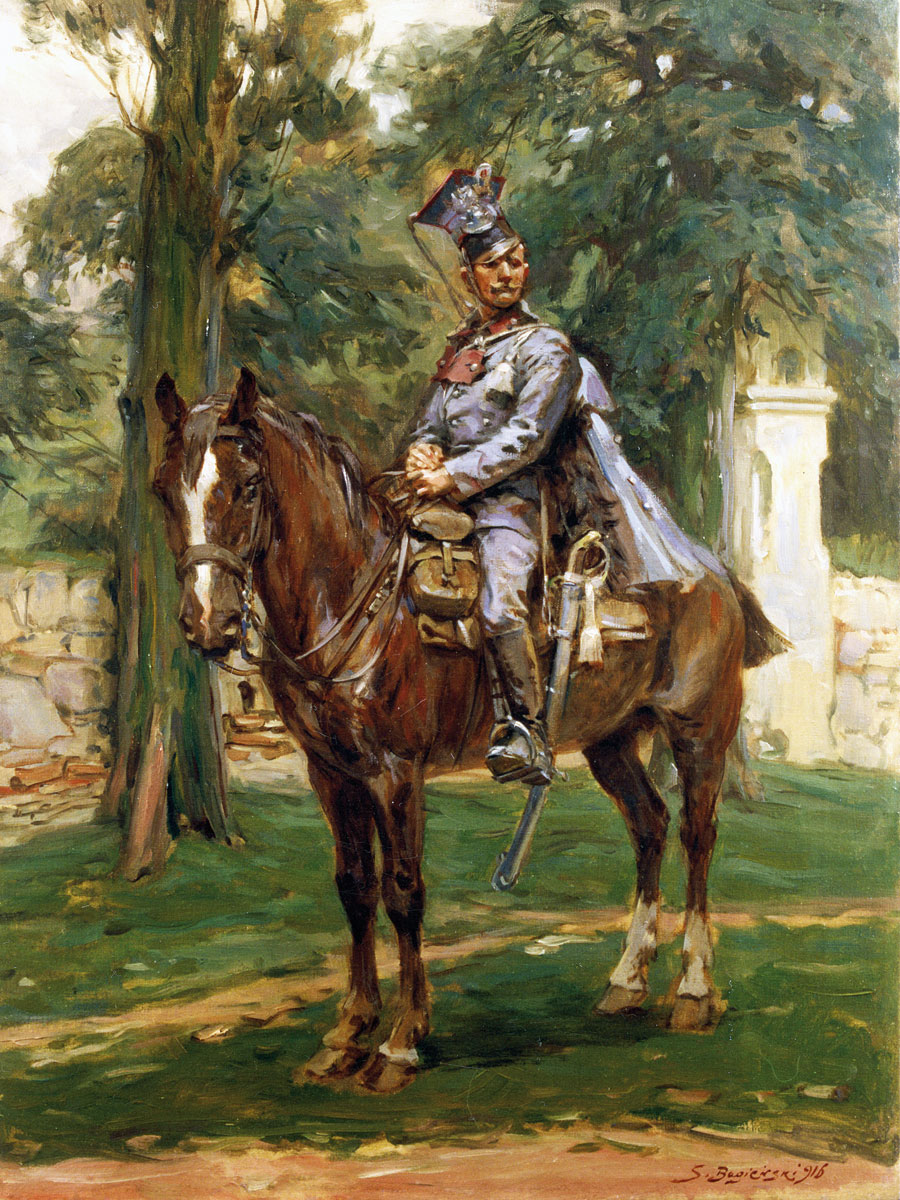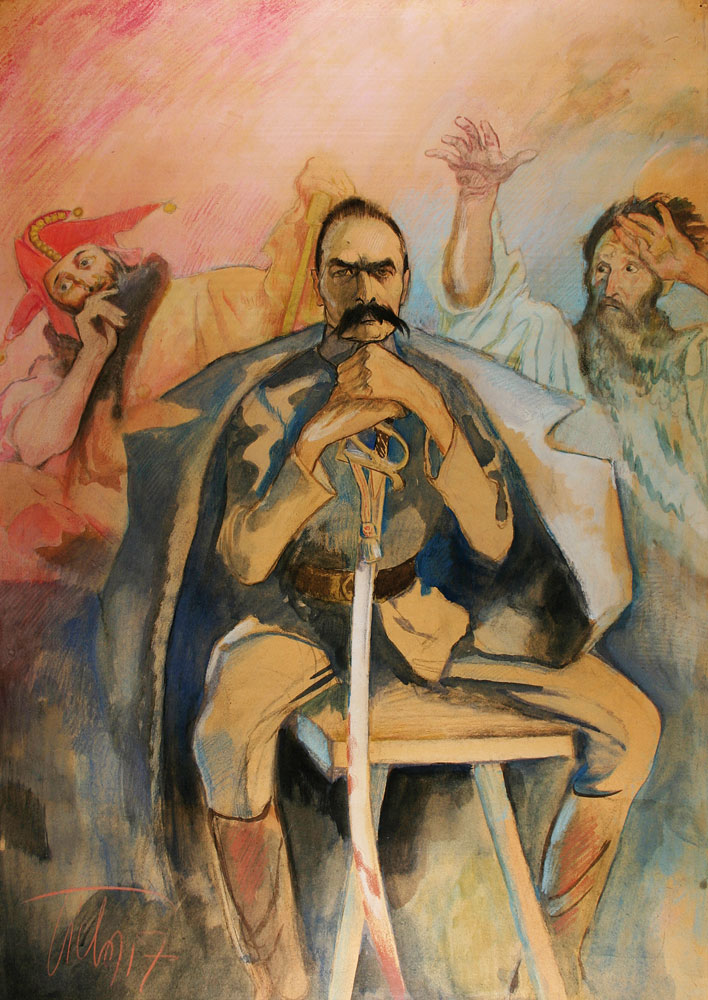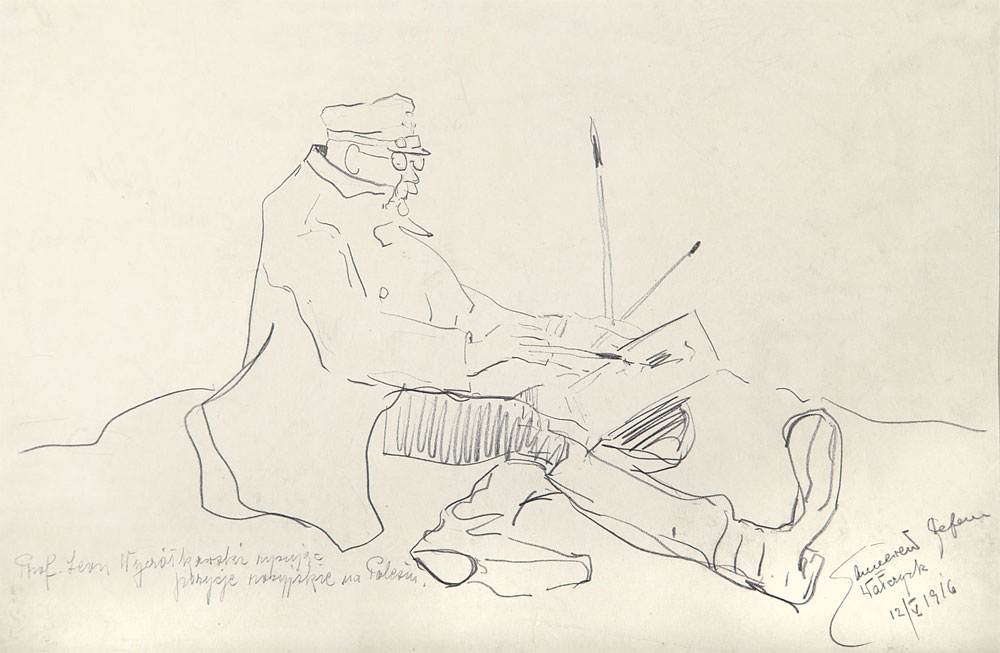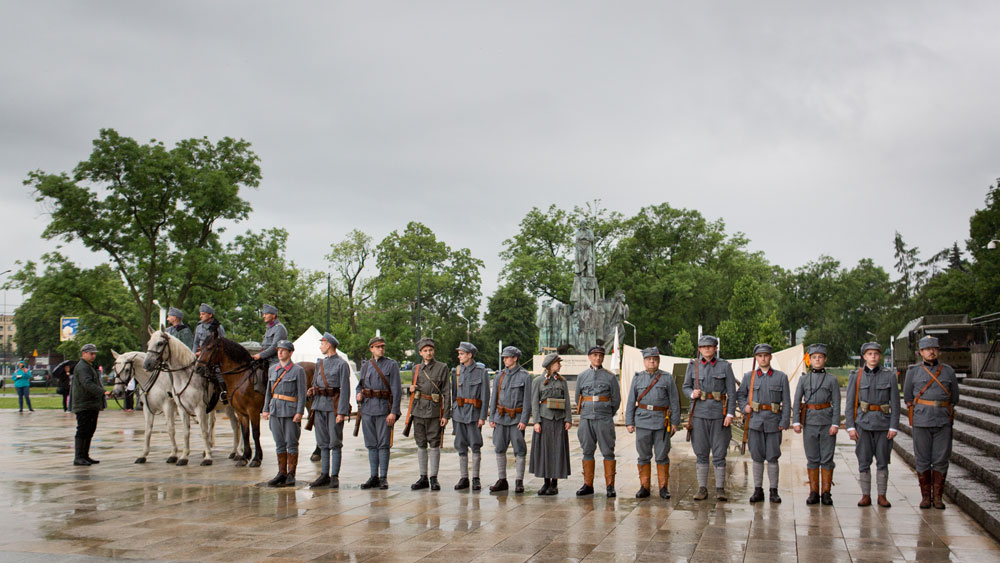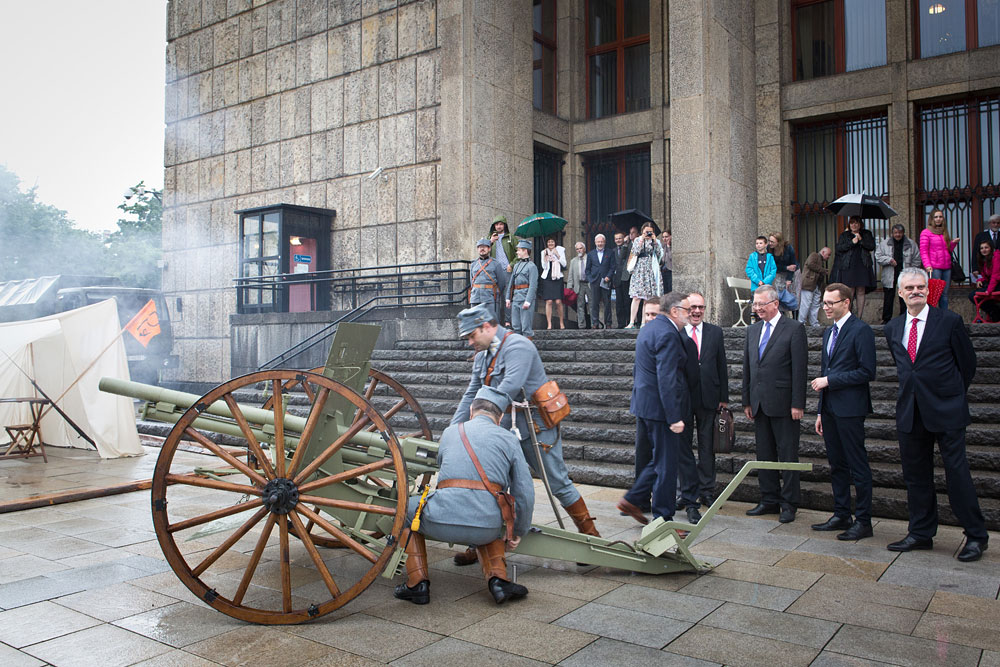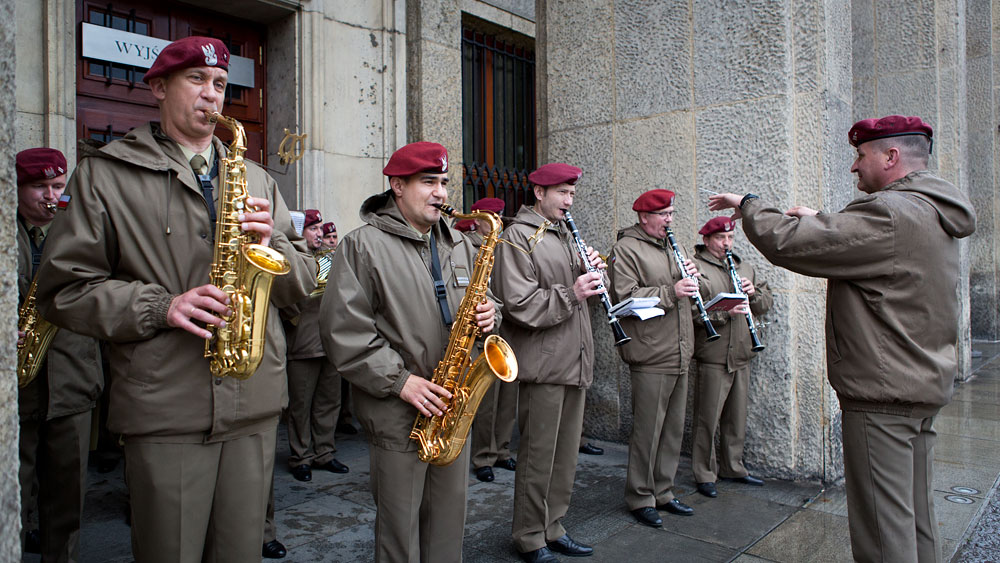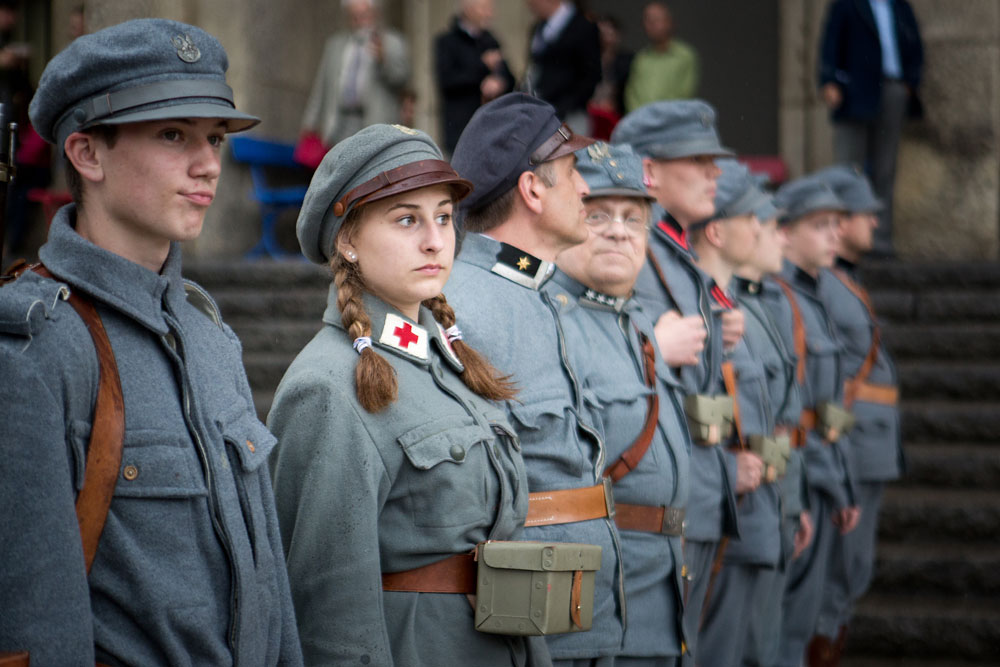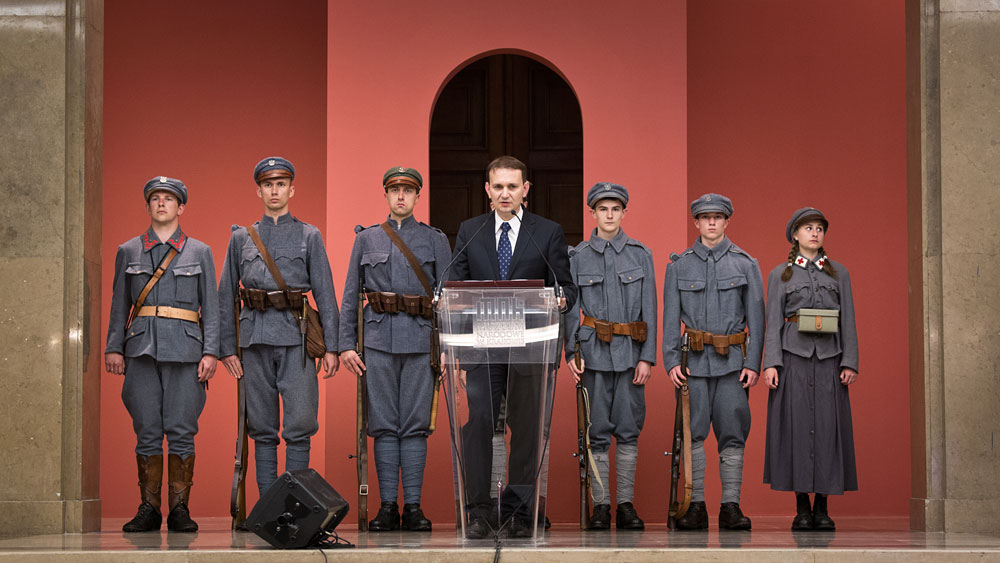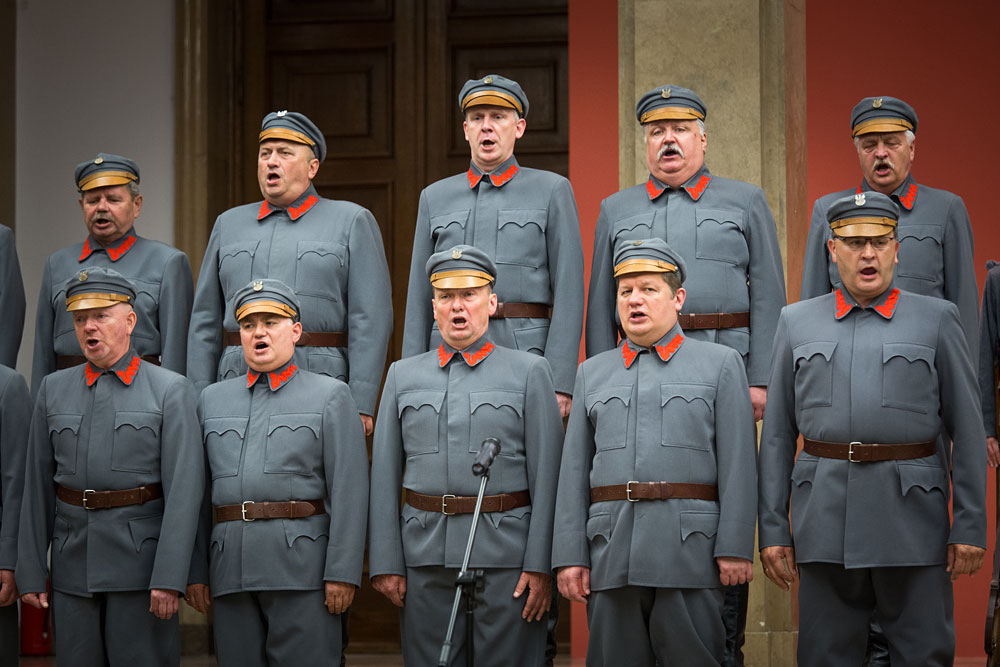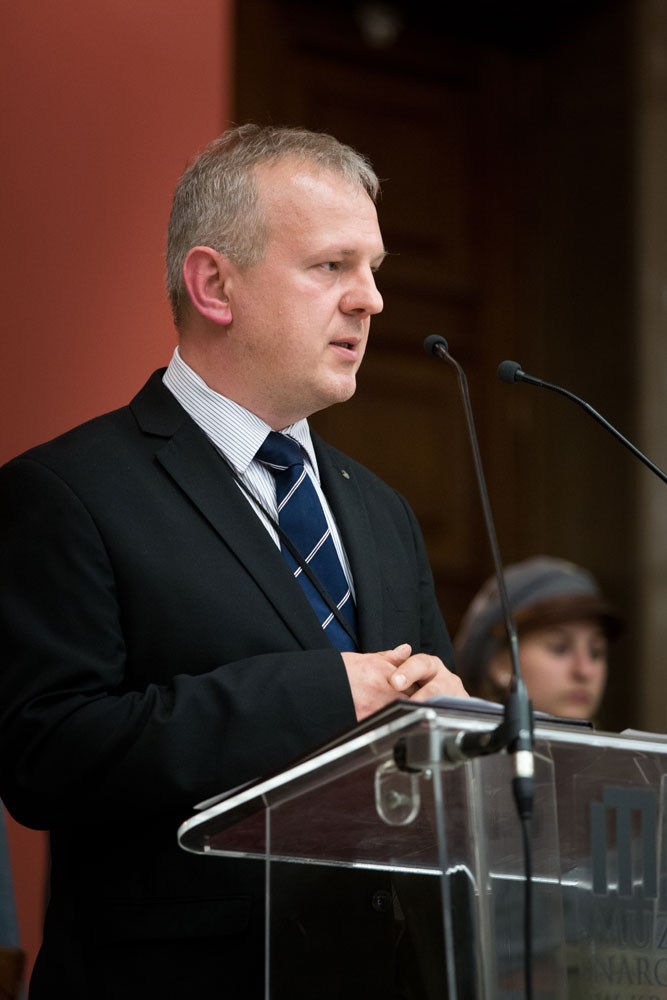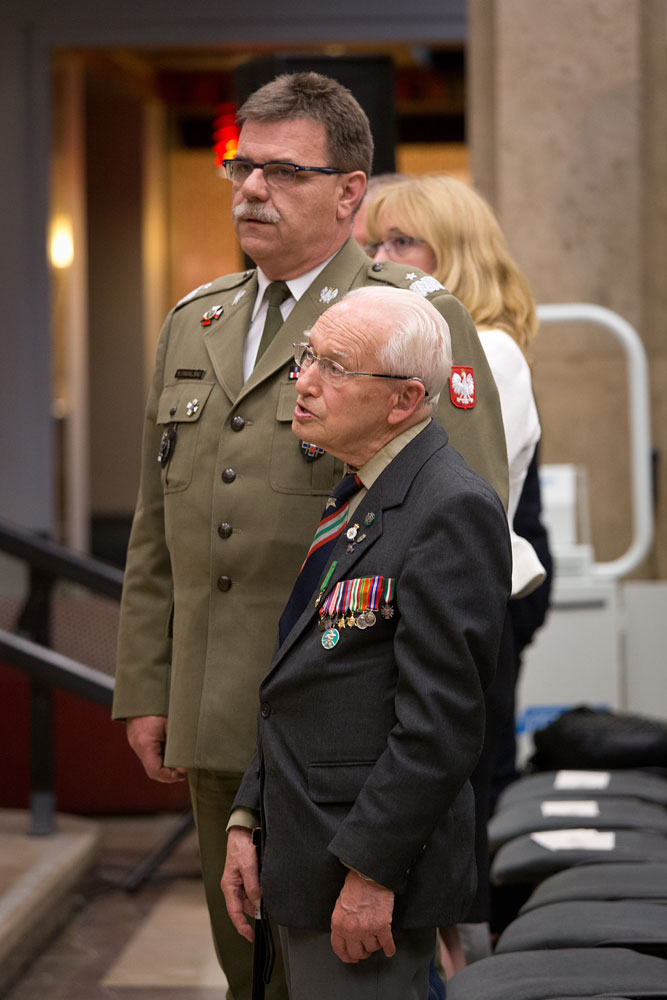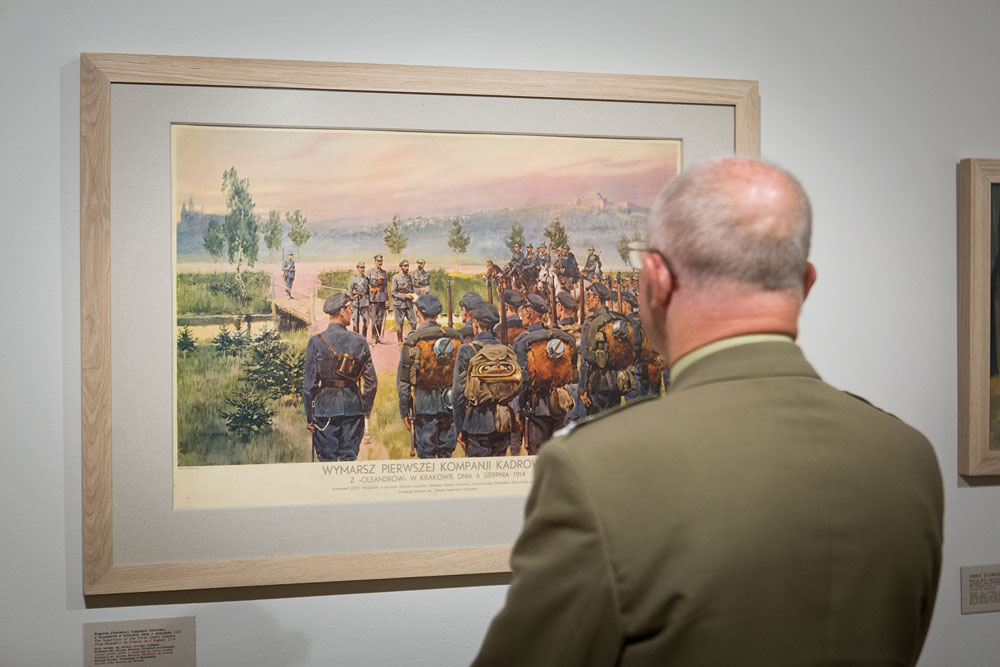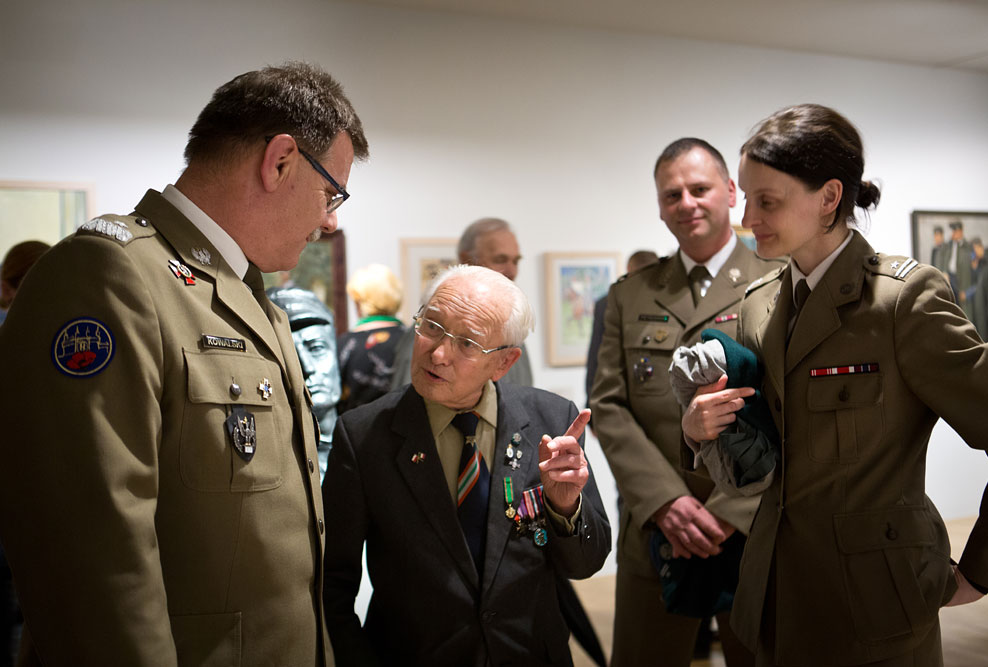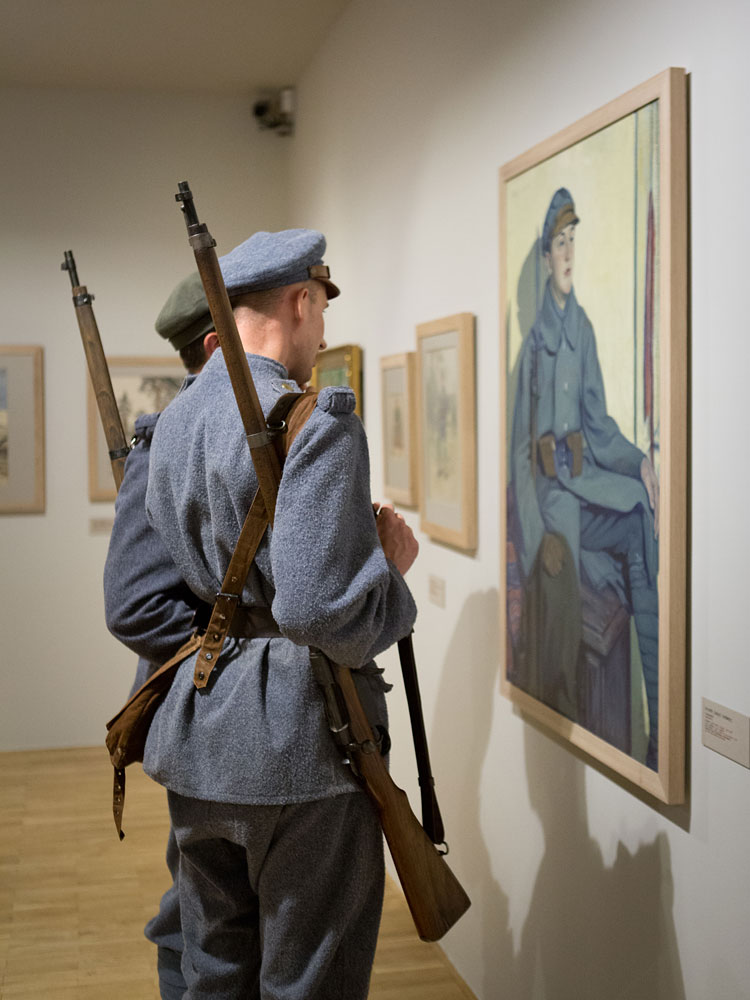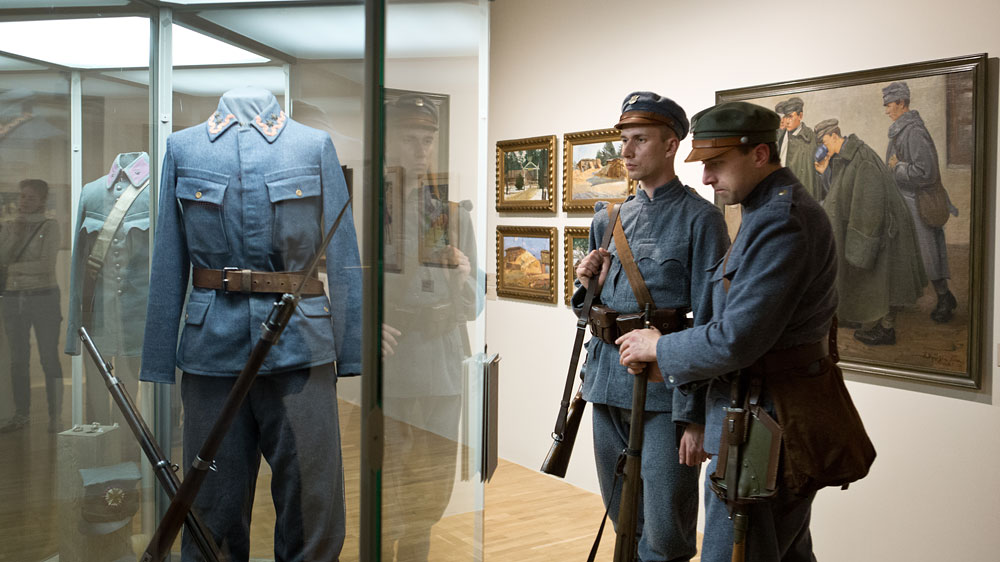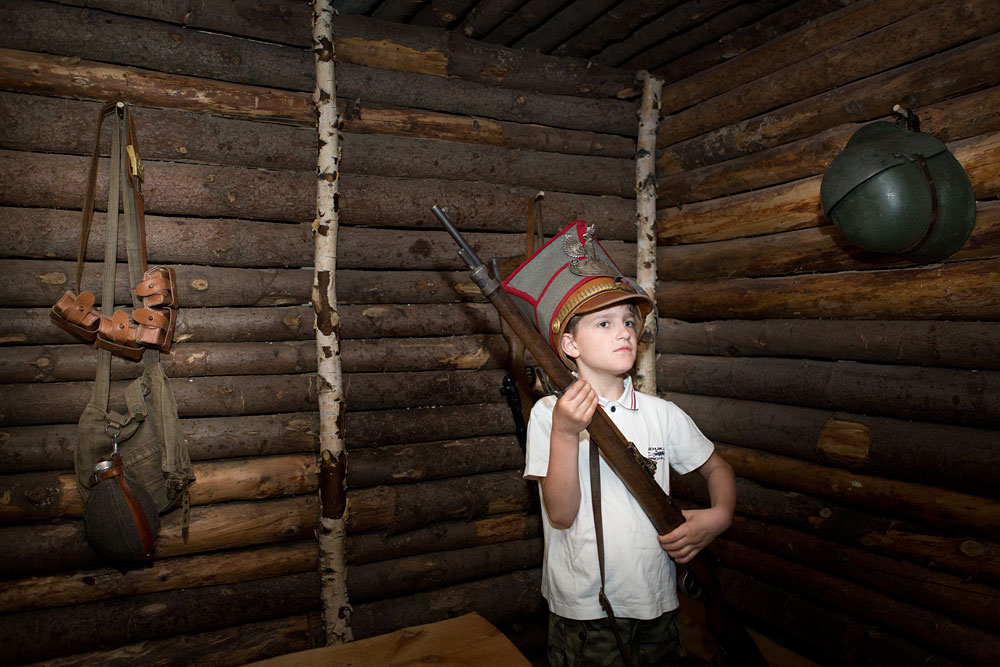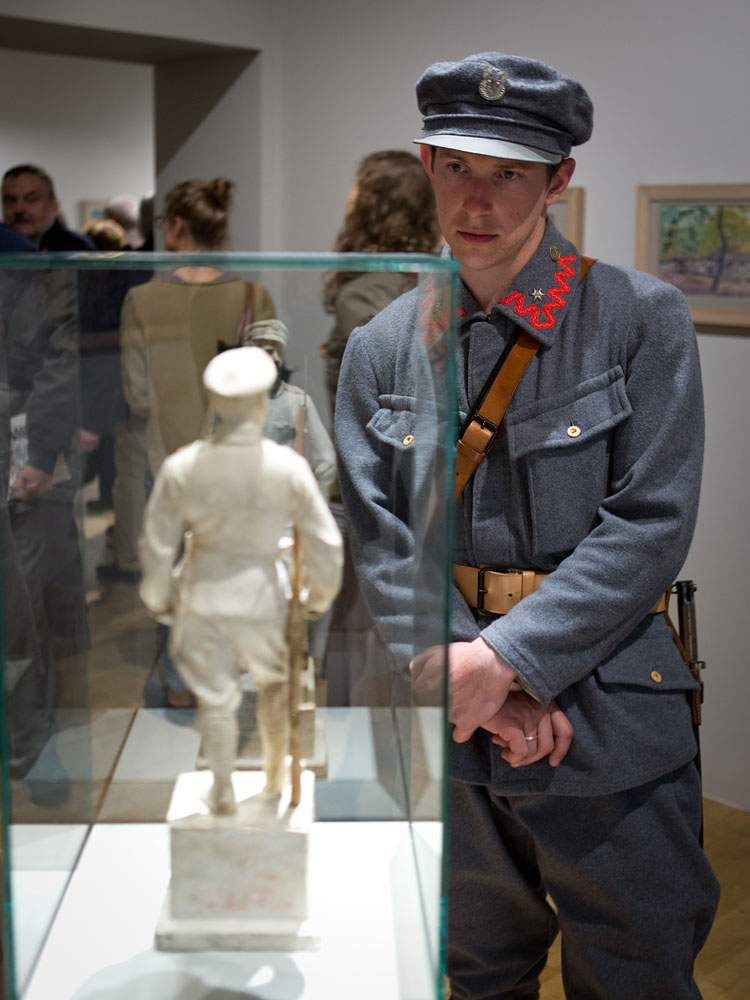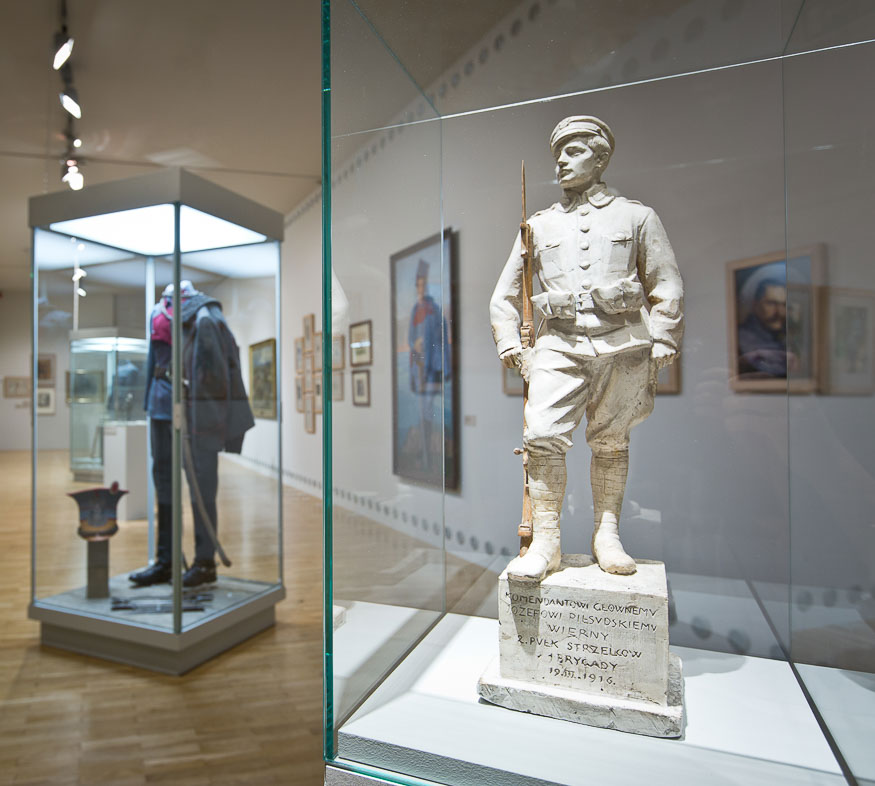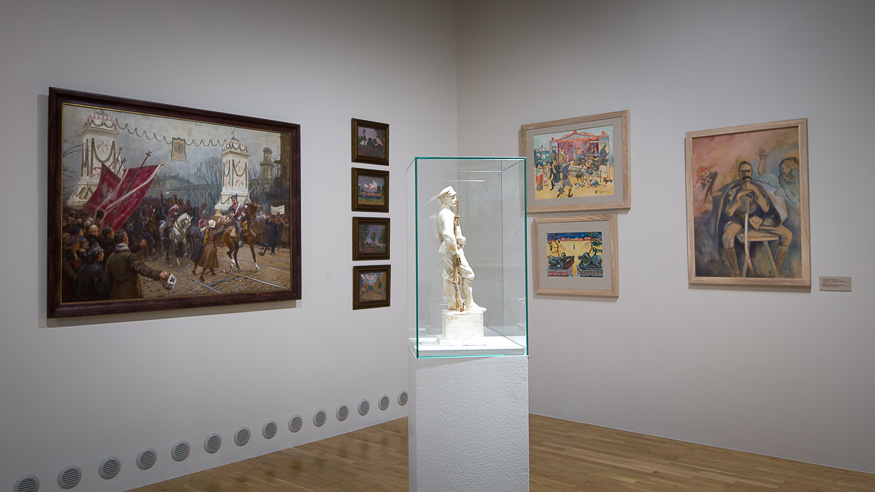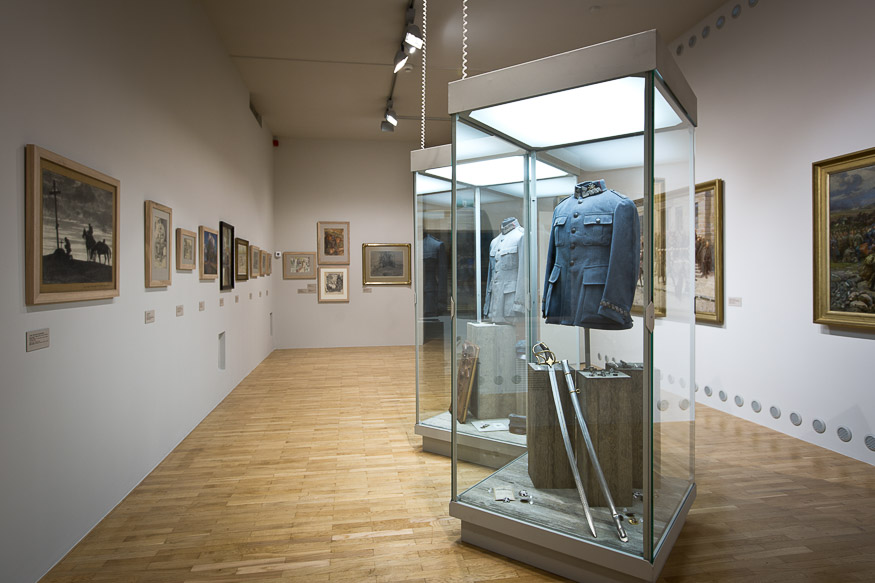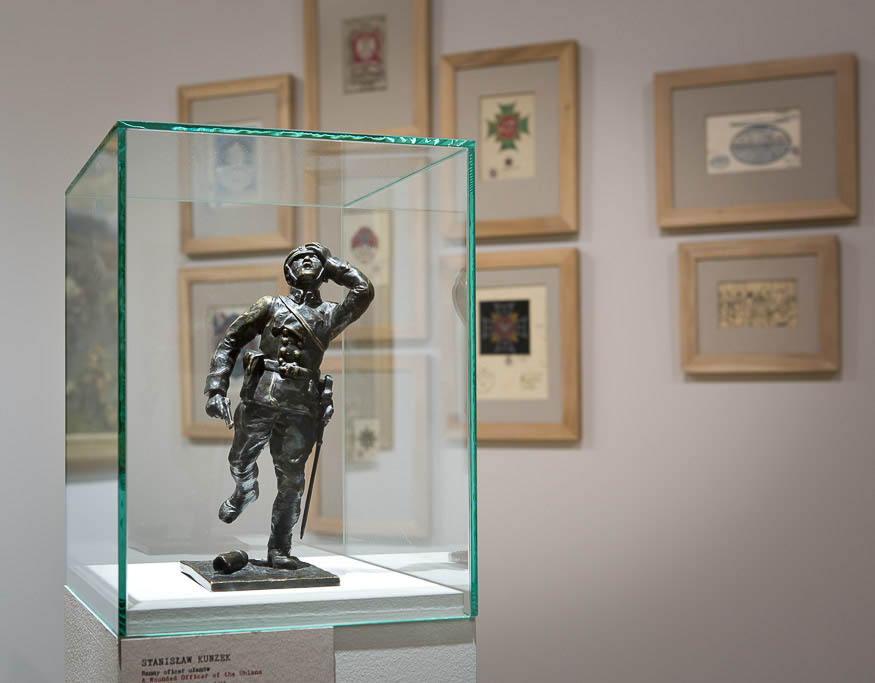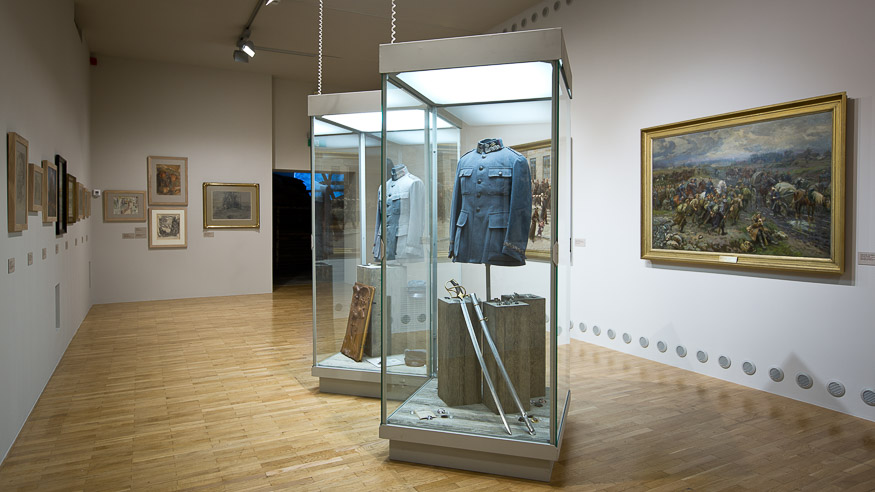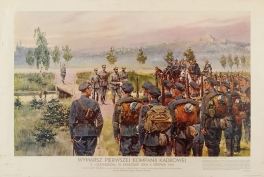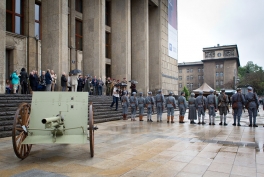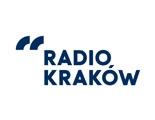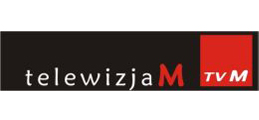/ photo by Mirosław Żak - Photography Studio, NMK
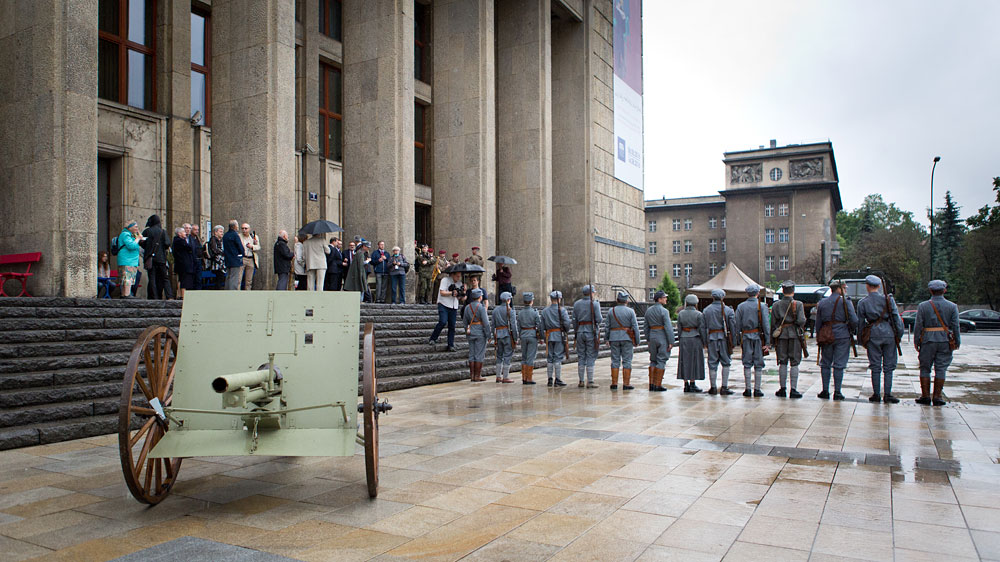
/ photo by Mirosław Żak - Photography Studio, NMK
![Opening of the exhibition]()
/ photo by Mirosław Żak - Photography Studio, NMK
![Opening of the exhibition]()
/ photo by Mirosław Żak - Photography Studio, NMK
![Opening of the exhibition]()
/ photo by Mirosław Żak - Photography Studio, NMK
![Opening of the exhibition]()
/ photo by Mirosław Żak - Photography Studio, NMK
![Opening of the exhibition]()
/ photo by Mirosław Żak - Photography Studio, NMK
![Opening of the exhibition]()
/ photo by Mirosław Żak - Photography Studio, NMK
![Opening of the exhibition]()
/ photo by Mirosław Żak - Photography Studio, NMK
![Opening of the exhibition]()
/ photo by Mirosław Żak - Photography Studio, NMK
![Opening of the exhibition]()
/ photo by Mirosław Żak - Photography Studio, NMK
![Opening of the exhibition]()
/ photo by Mirosław Żak - Photography Studio, NMK
![Opening of the exhibition]()
/ photo by Mirosław Żak - Photography Studio, NMK
![Opening of the exhibition]()
/ photo by Mirosław Żak - Photography Studio, NMK
![Opening of the exhibition]()
/ photo by Mirosław Żak - Photography Studio, NMK
![Opening of the exhibition]()
/ photo by Mirosław Żak - Photography Studio, NMK
![Opening of the exhibition]()
/ photo by Mirosław Żak - Photography Studio, NMK
![Opening of the exhibition]()
/ photo by Mirosław Żak - Photography Studio, NMK
![Opening of the exhibition]()
/ photo by Mirosław Żak - Photography Studio, NMK
![Opening of the exhibition]()
/ photo by Mirosław Żak - Photography Studio, NMK
![Opening of the exhibition]()
/ photo by Mirosław Żak - Photography Studio, NMK
![Opening of the exhibition]()
/ photo by Mirosław Żak - Photography Studio, NMK
![Opening of the exhibition]()
/ photo by Mirosław Żak - Photography Studio, NMK
![Opening of the exhibition]()
/ photo by Mirosław Żak - Photography Studio, NMK
![Opening of the exhibition]()
